Tourism has brought fresh energy and jobs to Oregon, but it has also reshaped housing markets in popular destinations. Visitors come for ocean views, mountain trails, and creative neighborhoods, while workers and long-time residents navigate rising rents and limited supply. This list breaks down what travelers should know city by city, highlighting local context, responsible choices, and practical tips. Read on to understand how your trip can support communities without adding pressure to the places you love.
1. Bend
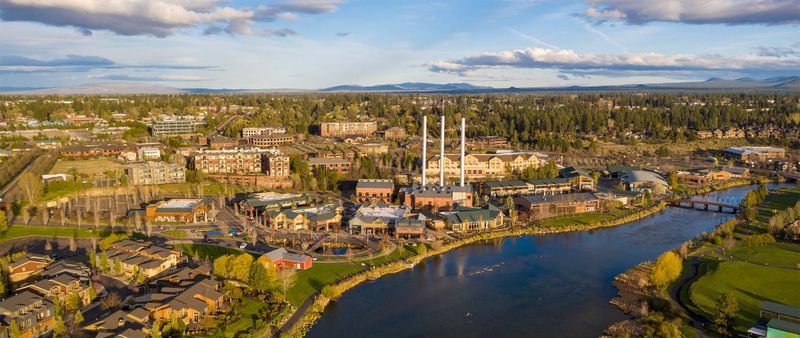
Bend’s trail networks and proximity to Mount Bachelor have made it a year-round magnet for outdoor visitors. As demand surged, the short-term rental footprint expanded in several neighborhoods, prompting caps and tighter licensing. City data and regional reports highlight low vacancy rates and the growing need for workforce housing close to service corridors.
Travelers can help by choosing licensed accommodations and considering stays in areas with existing tourism infrastructure. If you walk downtown, you will notice infill projects that aim to add units without sprawling outward. Local chambers encourage off-peak visits to reduce pressure during the busiest seasons.
Cycling and transit options help minimize car trips and parking strain around the Old Mill District. Check city websites for updated rental maps and code changes before booking.
2. Ashland
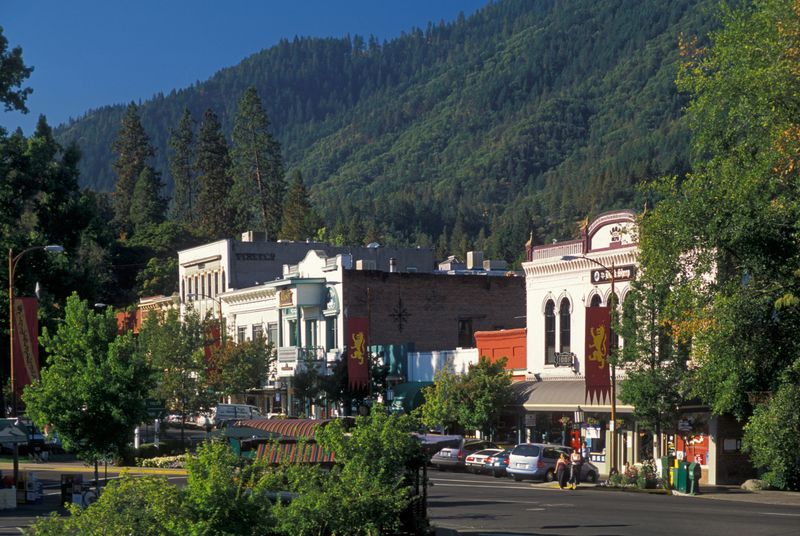
Ashland’s theater legacy draws culture lovers, students, and festival goers who fill local inns and guesthouses. The city has studied the relationship between seasonal visitors and rental availability, with public meetings shaping recent ordinance updates.
Housing nonprofits note persistent pressure on lower-cost units, especially near campus and downtown. Travelers who book walkable lodging reduce traffic around venues and help small businesses that depend on foot traffic. Visiting during shoulder seasons spreads demand more evenly and opens more options for longer stays.
You can find city dashboards that outline rental licensing and compliance efforts. Respecting parking limits near neighborhoods keeps streets safer for residents and event attendees. Consider supporting community groups that maintain parks and trails used by visitors and locals alike.
3. Cannon Beach
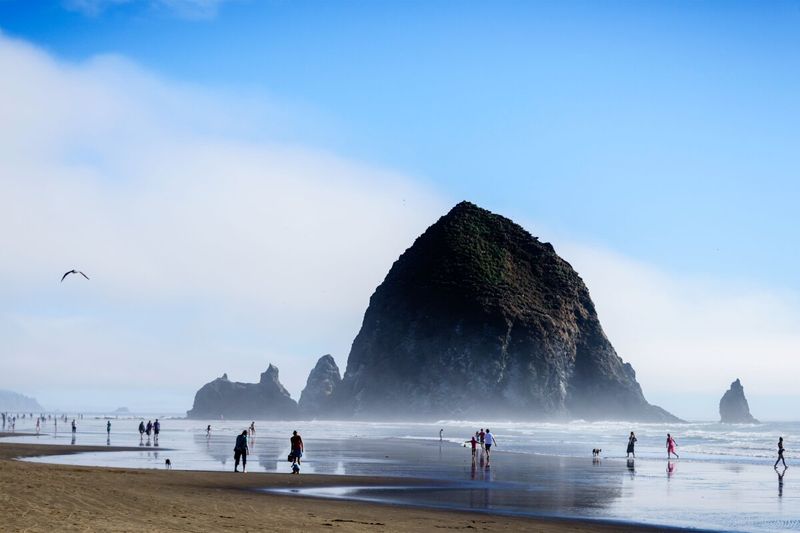
Cannon Beach’s iconic sea stacks attract steady crowds, and the town’s compact layout funnels demand into a small housing stock. Local leaders have debated caps on vacation units and incentives for year-round rentals to sustain a stable workforce.
Public documents outline zoning boundaries where short-term rentals are most concentrated. Visitors can book established hotels or legally permitted rentals to avoid straining neighborhoods with limited parking. Weekday trips often mean lighter foot traffic along Hemlock Street and easier beach access. The city encourages careful waste disposal to protect marine habitats that draw visitors in the first place.
Supporting shuttle services and walking reduces congestion near beach access points. Checking municipal pages before a visit ensures your lodging choice aligns with community goals.
4. Hood River
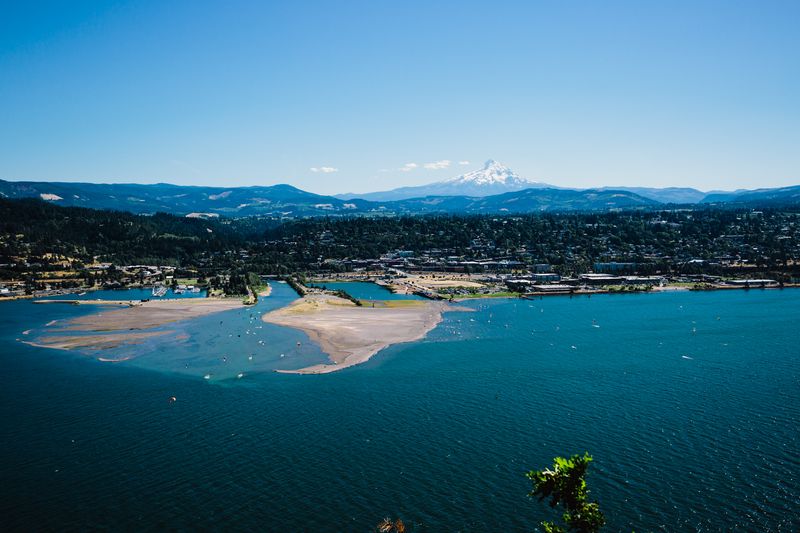
Windsports, orchards, and Columbia Gorge views have made Hood River a popular base for active travelers. Regional studies show that seasonal influxes can tighten the rental market for service workers and teachers.
The city has refined permit systems and data tracking to balance visitor stays with local housing needs. Booking in the downtown core or near transit reduces car dependence along the waterfront. Dining and shopping earlier in the day help spread traffic around small venues.
If you plan a longer stay, consider lodging that participates in local stewardship initiatives. Trail groups publish maintenance calendars, a useful way to support the places you explore. Keep an eye on city updates, as Gorge communities often coordinate policies across jurisdictions.
5. Astoria
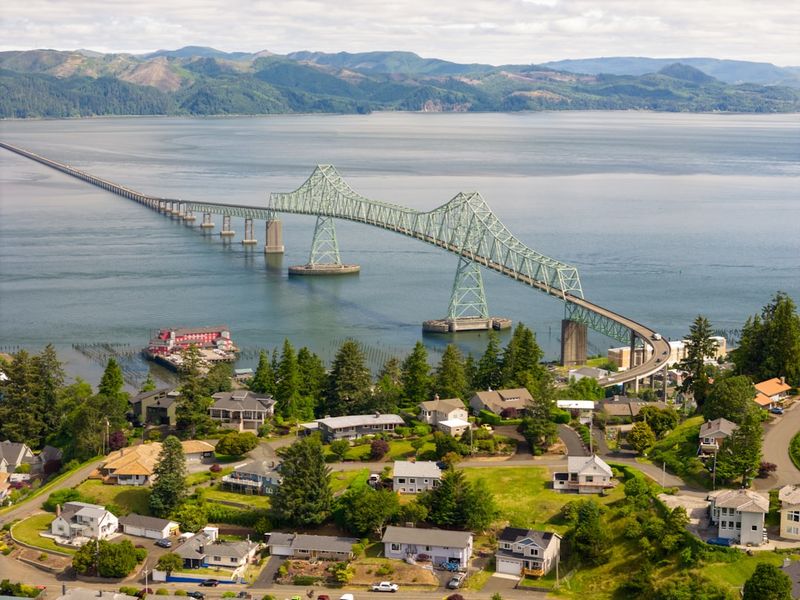
Astoria’s Victorian streets and working waterfront draw film buffs and history fans. Tourism has grown alongside port activity, and rental conversions have become a recurring topic at council sessions. City reports and county data note the importance of preserving long-term units near employment hubs.
Booking established hotels or permitted apartments close to Commercial Street keeps visitor activity within mixed-use areas. Walking tours and museums can be spaced across the day, easing peak-hour clogs at popular blocks.
Supporting maritime heritage nonprofits helps maintain the attractions that anchor Astoria’s identity. Consider public transit or bikes when crossing the hills above downtown. Monitoring city agendas offers a transparent view of housing measures under consideration.
6. Portland
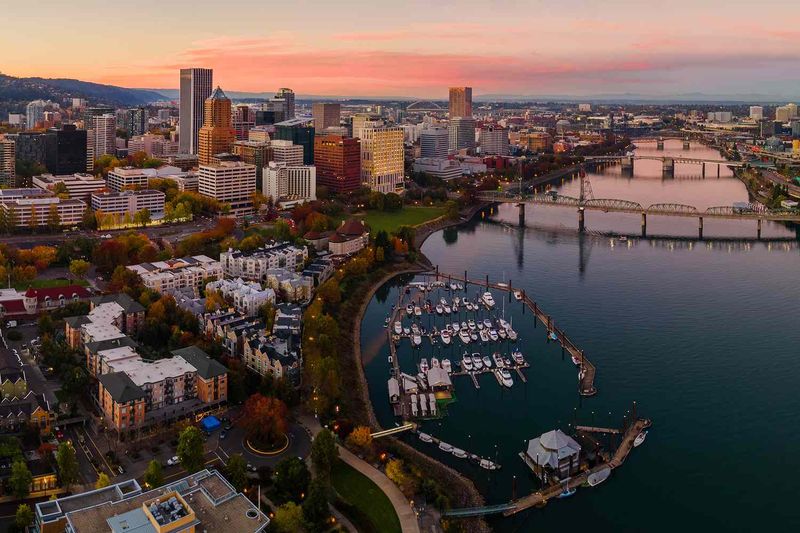
Portland’s neighborhoods host a steady stream of visitors for arts, food, and green spaces. While the city has a larger housing base than coastal towns, data show continued pressure on centrally located rentals.
Officials have updated registration requirements for vacation listings and promoted accessory dwellings with long-term leases. Choosing transit-friendly lodging keeps spending near established corridors and lowers roadway congestion. Many districts publish visitor guides that flag permitted stays and mobility options.
Travelers can plan itineraries that spread across multiple neighborhoods rather than clustering only in the core. Consider visiting during community events that direct revenue toward local projects. City dashboards track progress on housing production and shelter capacity, offering useful context before you book.
7. Newport

Newport’s aquarium, research piers, and working harbor create a distinctive blend of science and tourism. Housing analyses from the coast indicate competition between vacation stays and long-term units for maritime and service workers.
The city has clarified zones for short-term rentals and strengthened enforcement to protect neighborhoods. Staying near the Bayfront or Nye Beach keeps visitors close to attractions built for foot traffic. Early arrivals help avoid crowding at viewpoints and parking lots. Harbor tours and educational exhibits often collaborate with local schools, so booking through official partners supports community programming.
Travelers can review municipal PDFs that summarize licensing, maps, and complaint procedures. Simple steps like carpooling and packing out trash preserve the shoreline that brings people to Oregon again and again.
8. Seaside
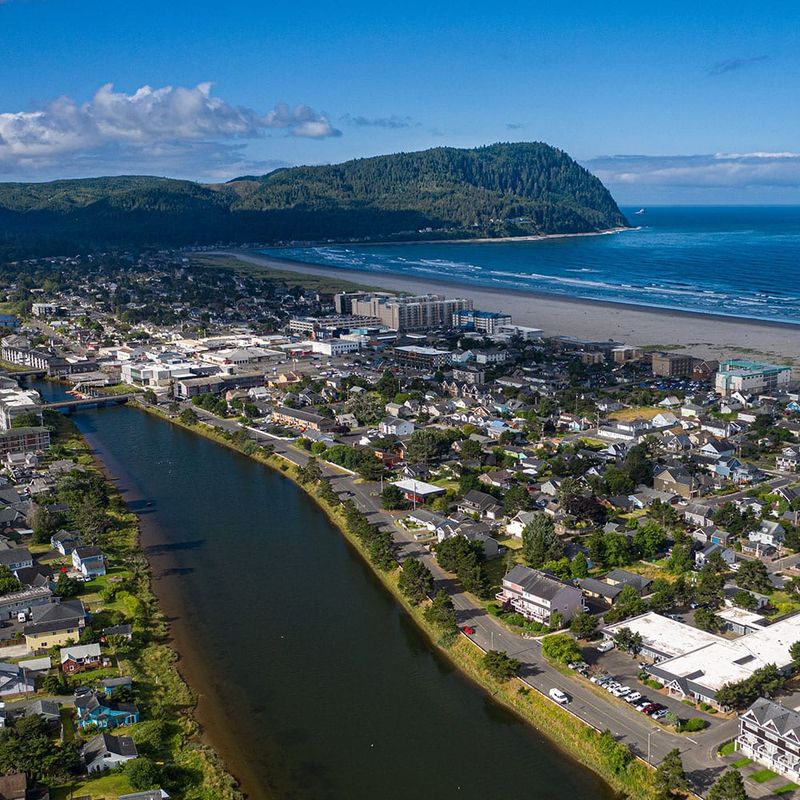
Seaside has a long promenade, family-friendly attractions, and a dense lodging strip that accommodates large crowds. Despite that infrastructure, reports from the coast still note tight housing for workers during peak seasons. The city has revised licensing and occupancy rules while monitoring impacts on residential blocks north and south of downtown.
Booking in established hotel corridors or permitted condos keeps activity within well-served areas. Travel midweek when possible to reduce weekend traffic on the promenade and beach access points. Local cleanup days often welcome visitors, and participation shows respect for shared spaces.
Public notices detail parking and short-term rental boundaries; reviewing them prevents inadvertent violations. Responsible choices help maintain a welcome that benefits both residents and guests across Oregon.
9. Sisters
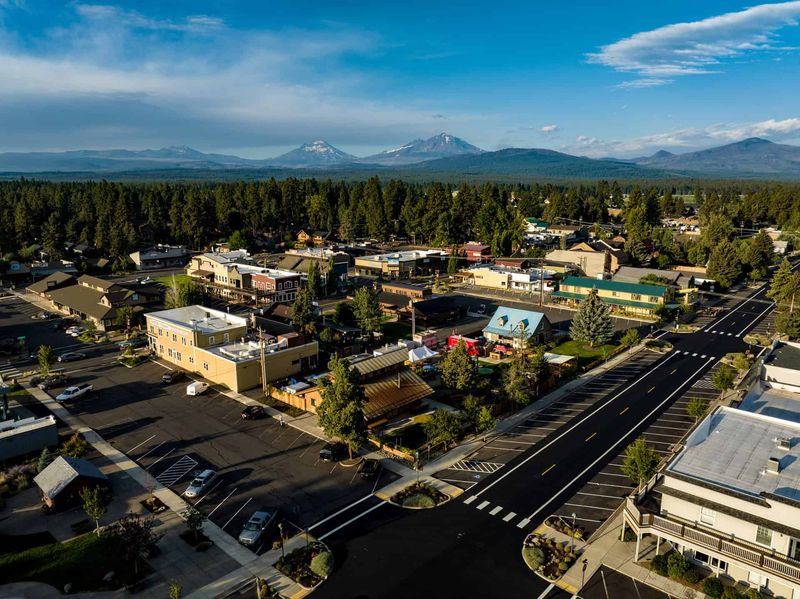
Sisters blends Western-themed storefronts with quick access to trailheads and scenic byways. As visitor numbers rose, housing availability for service staff and teachers became a core policy topic in city meetings. Permitting frameworks aim to balance short-term rentals with a baseline of long-term units.
Travelers who stay within walking distance of Cascade Avenue reduce parking pressure during festivals and markets. Visiting during shoulder months spreads revenue while easing strain on limited inventory. Local land trusts and housing groups publish progress updates that are worth a look before booking.
Choose lodging with clear permits and consider transit shuttles for trail access. These steps support a healthier mix of homes and guest rooms across central Oregon.
10. Lincoln City
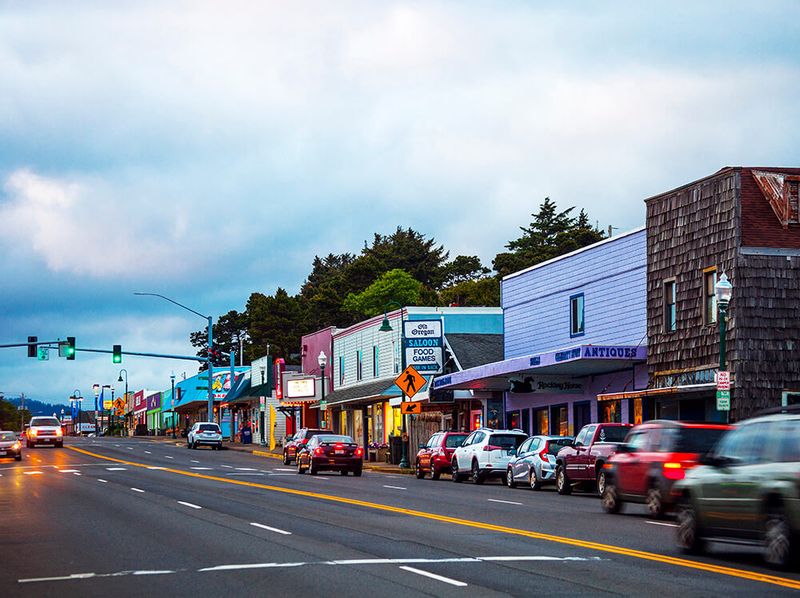
Lincoln City’s long beachfront and glass art scene keep visitor numbers steady across the calendar. City staff have mapped short-term rental zones and capped licenses in certain residential areas after extensive hearings.
Regional housing reports point to constrained supply for year-round residents working in hospitality and retail. Booking within designated zones supports the balance those policies seek. If you plan tidepool visits, checking conditions ahead helps distribute crowds safely. Public transit links key districts, reducing vehicle churn near beach entrances.
Many galleries partner with community programs, so buying local art can have wider impact. Reviewing city webpages for updated caps and compliance notes is a simple step that benefits everyone.
11. Medford
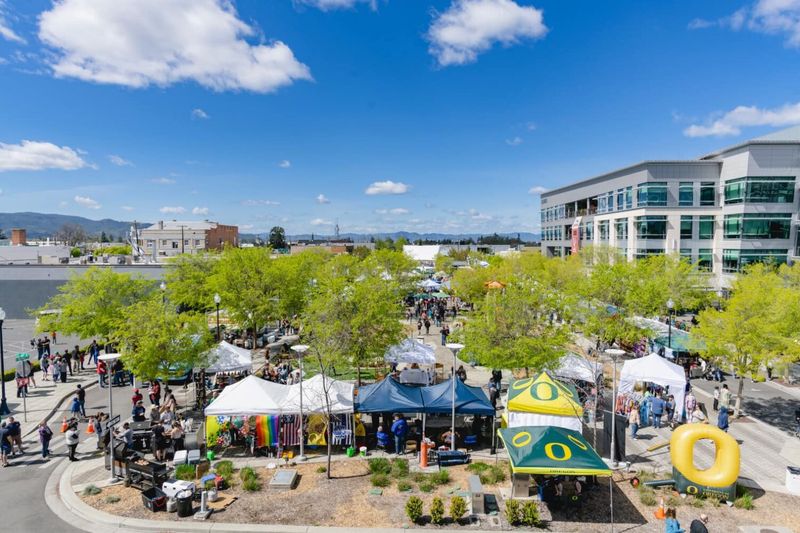
Medford serves as a travel hub for southern Oregon, connecting visitors to trails, theaters, and seasonal recreation. Growth in hospitality has intersected with an already tight rental market, as documented by county housing and workforce reports.
The city has focused on code compliance, adding data tools to monitor rental conversions and vacancies. Travelers can look for licensed hotels near transit to limit car trips across residential blocks. Scheduling activities across the day helps smaller businesses handle visitor flows. Community organizations post volunteer opportunities that maintain parks and greenways used by visitors and locals.
Before booking, read city guidance on lodging and neighborhood expectations. Thoughtful planning ensures your trip supports Medford residents while showcasing the best of Oregon.
Dear Reader: This page may contain affiliate links which may earn a commission if you click through and make a purchase. Our independent journalism is not influenced by any advertiser or commercial initiative unless it is clearly marked as sponsored content. As travel products change, please be sure to reconfirm all details and stay up to date with current events to ensure a safe and successful trip.